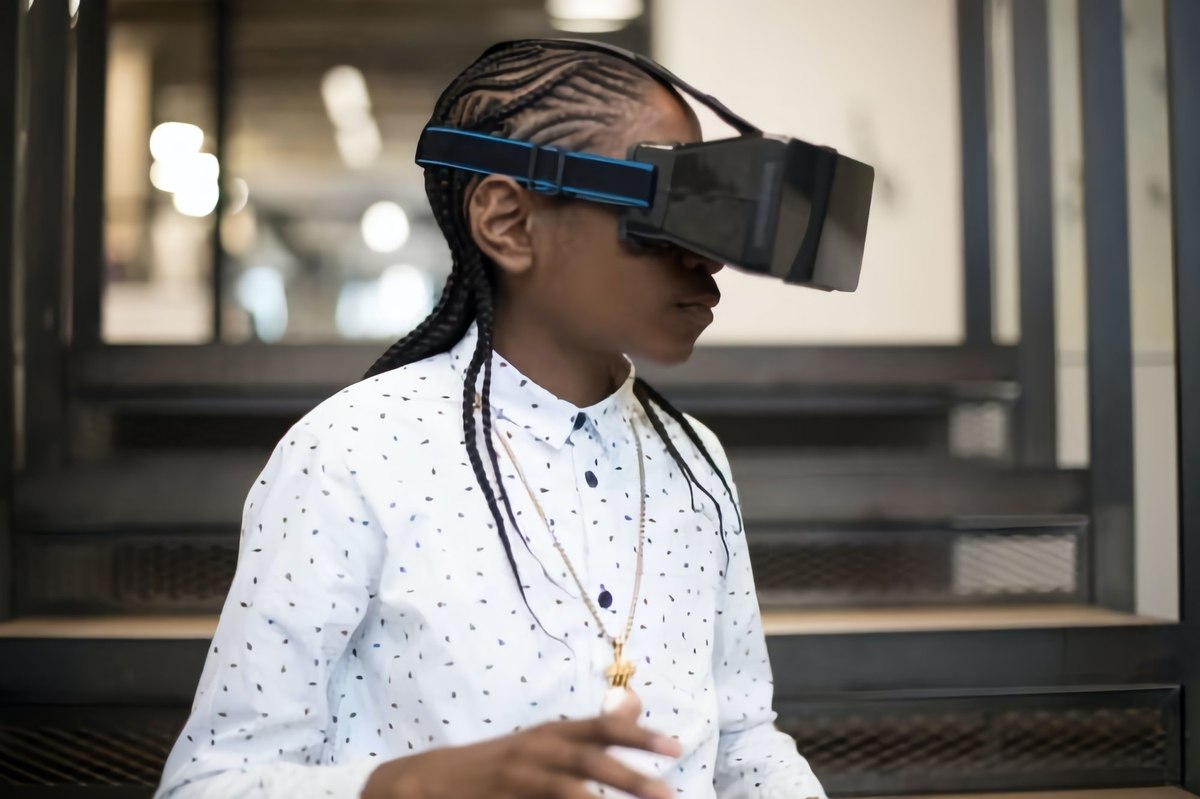
Two in five American employees open to virtual reality workspaces
As companies continue to explore new ways to support remote collaboration, virtual reality (VR) is often considered a potential tool for creating digital workspaces. A YouGov Surveys: Self-serve poll asked US adults whether they would prefer working remotely in a VR ‘virtual office’ or continuing with traditional in-person office interactions if VR headsets became a widely accepted alternative.
The survey reveals that Americans are nearly split in their preferences. While 33% said they would choose to work from home using a VR headset, a slightly larger group (37%) still prefer being in a physical office where they can interact with colleagues in person without VR technology.
The divide is more pronounced among full-time or part-time workers who do not currently work remotely. In this group, two in five are open to the idea of a VR workspace from home (40%), while 46% still prefer a traditional office setting. Age plays a role in attitudes toward VR workspaces
- 57% of those aged 18-29 working professionals would prefer to work from home using a VR headset, while only 35% in this age group favor traditional office settings.
- In contrast, among those aged 45-64, only 31% support virtual workspaces, with nearly half (48%) preferring in-person office interactions.
- The gap is even wider among older workers – only 18% of those 65 and older favor a VR office, while 64% prefer the traditional office environment.
These findings indicate that younger professionals are significantly more open to digital workspaces, possibly due to greater familiarity with technology and a preference for flexible work environments. Older employees, meanwhile, still lean heavily toward in-person office interactions.
Compared to workers in the UK, US professionals appear more open to virtual offices. Among full-time or part-time employees who do not work remotely, 14% say they would prefer working from home using a VR headset compared to 40% in the US.
For now, the workforce appears split, and whether VR workspaces will gain widespread acceptance may depend on how effectively they can replicate or enhance real-world office interactions.
Methodology: YouGov polled 1000 US adults online on February 5, 2025. The survey was carried out through YouGov Surveys: Self-serve. Data is weighted by age, gender, race, political affiliation, education level and region. The margin of error is 3% for the overall sample.